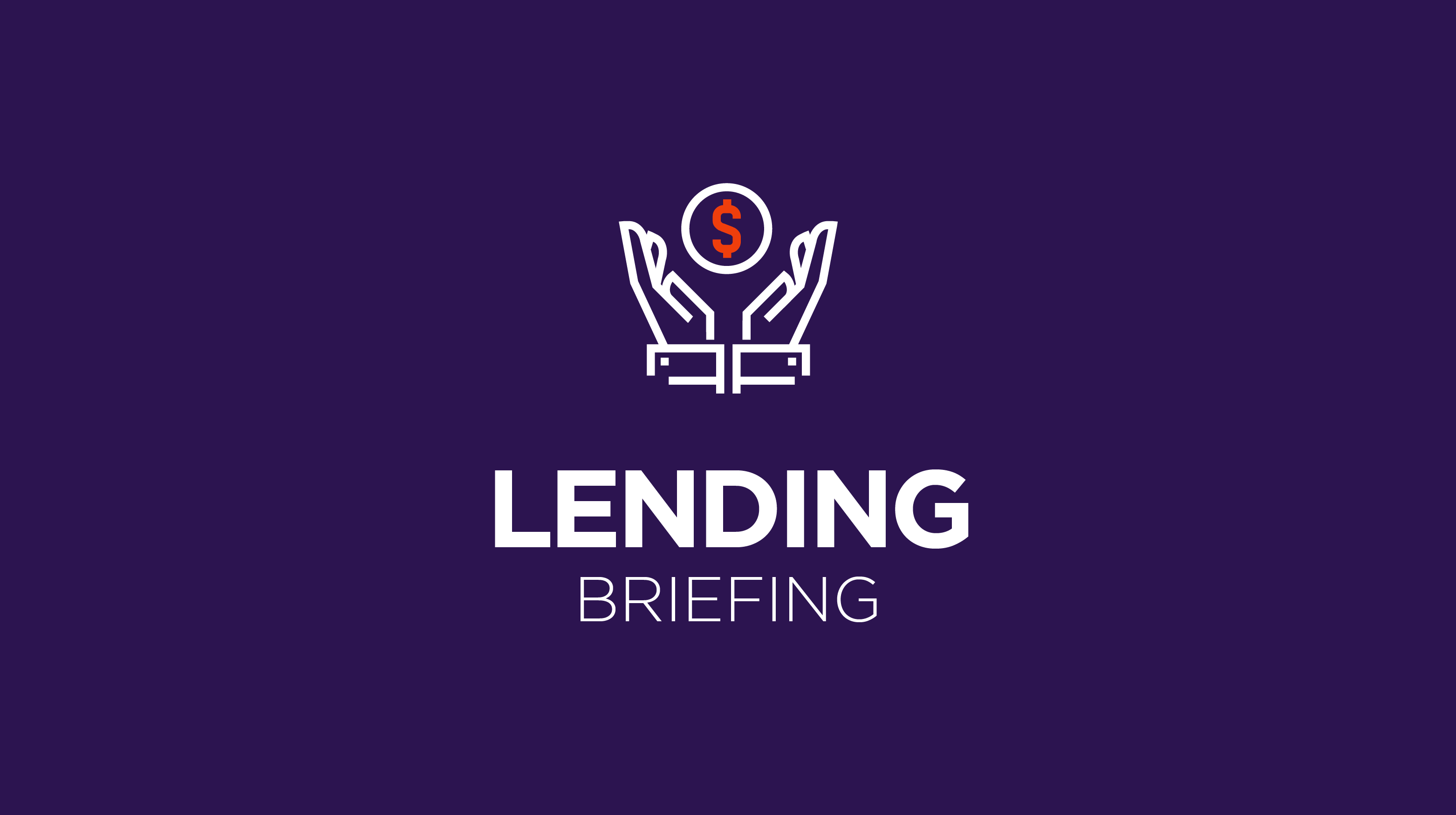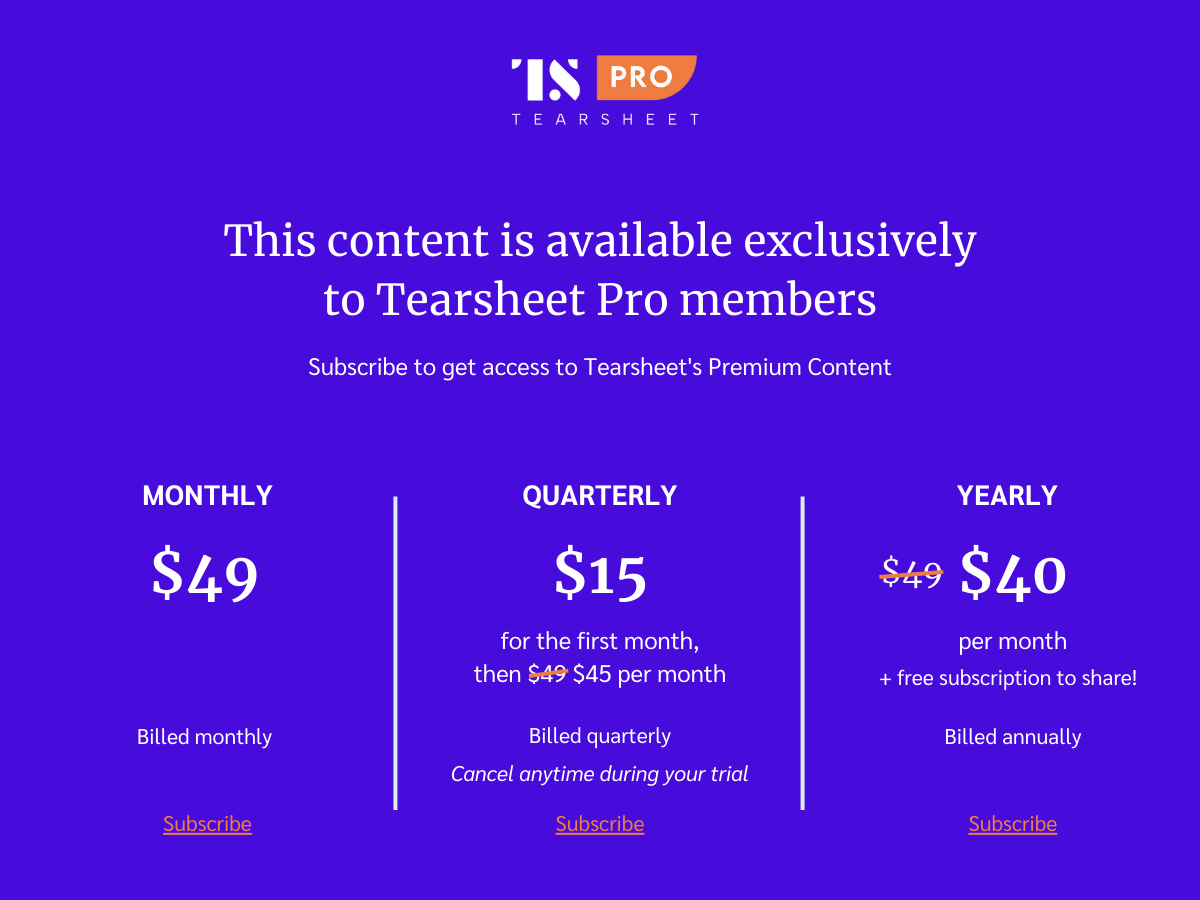Member Exclusive
Lending Briefing: How fintechs are digitizing the mortgage process
- Shifting consumer preferences are incentivizing mortgage banks to digitize other outdated, paper-based or manual parts of the business. But most of the innovation is happening outside the legacy system with fintechs taking the lead.
- Given the current macroeconomic environment, uncertainty and dwindling margins in the mortgage sector, digital processes can help weather the storm by reducing costs.








